History Makes a Village: The History of Greenwich Village
Who is this for? History buffs ready to explore one of New York's most famous neighborhoods.
Jump to Section:
Share
If you only know the name of one borough of New York City, chances are, it’s Greenwich Village.
Affectionately called “the Village” or "West Village", Greenwich is arguably New York City's most famous neighborhood. A cradle of counterculture, a sanctuary for the marginalized, and a vibrant arts haven, the Village’s past is as layered and winding as its streets. From Dutch farmland to a symbol of freedom, the Village has always stood a bit apart from the rest of Manhattan—and proudly so. Here’s a brief overview of Greenwich Village’s fascinating history.
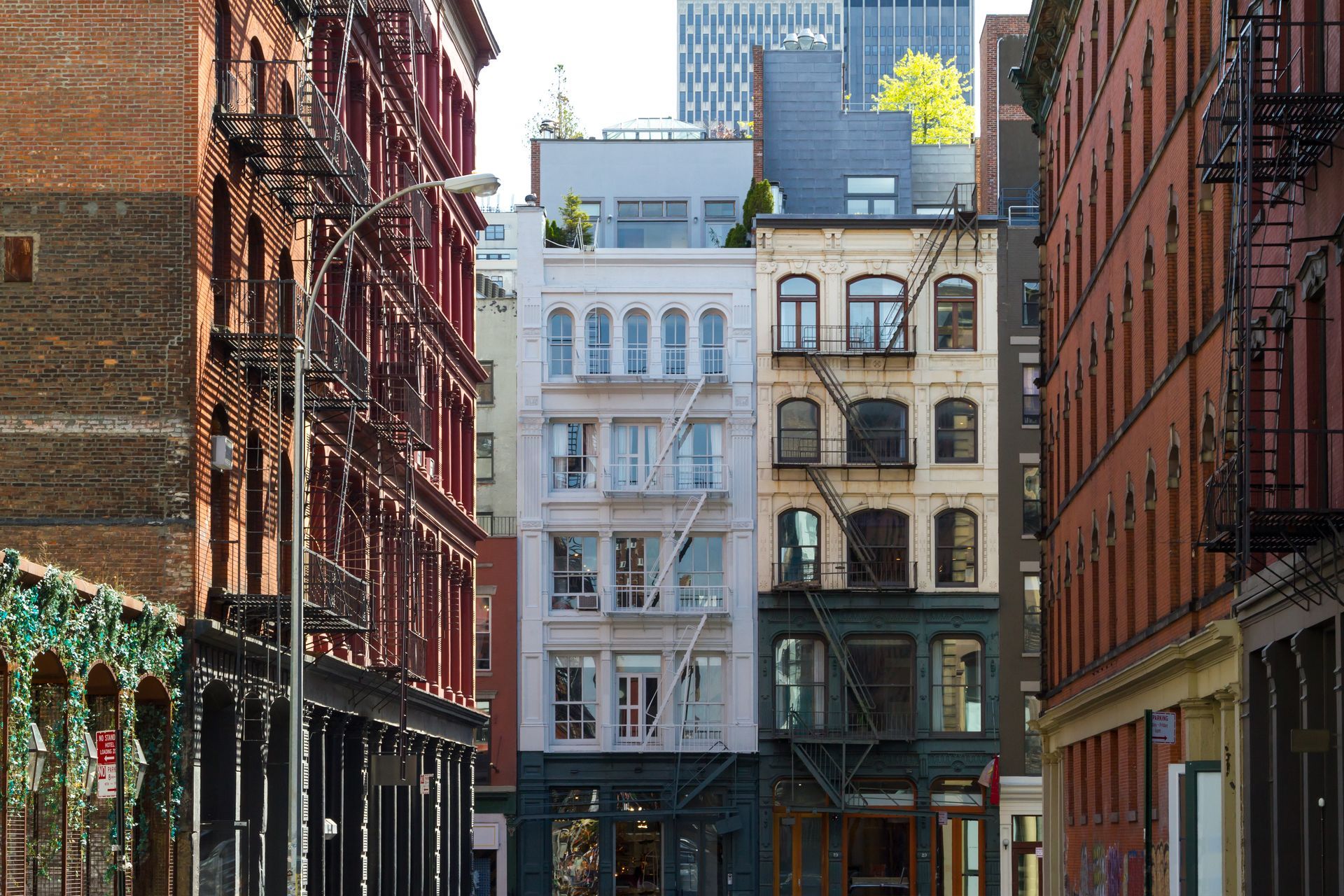
Greenwich’s Country Origins
Greenwich Village is old. Not only is it older than the United States, it's even older than New York City itself. Greenwich Village has been continually inhabited for hundreds of years, going through several rebrands during that time. From farming community to urban paradise, here’s a quick look at Greenwich’s earliest years.
A Touch of Dutch
Before Europeans came to the Americas, the area now known as Greenwich Village was inhabited by the Lenape people. As the colonial competition kicked off, it was the Dutch who first settled the area. Via the Dutch West India Company in the early 17th century. Though now a bustling borough in the heart of the city, Greenwich started as a small farming hamlet called
Noortwyck
on the outskirts of New Amsterdam.
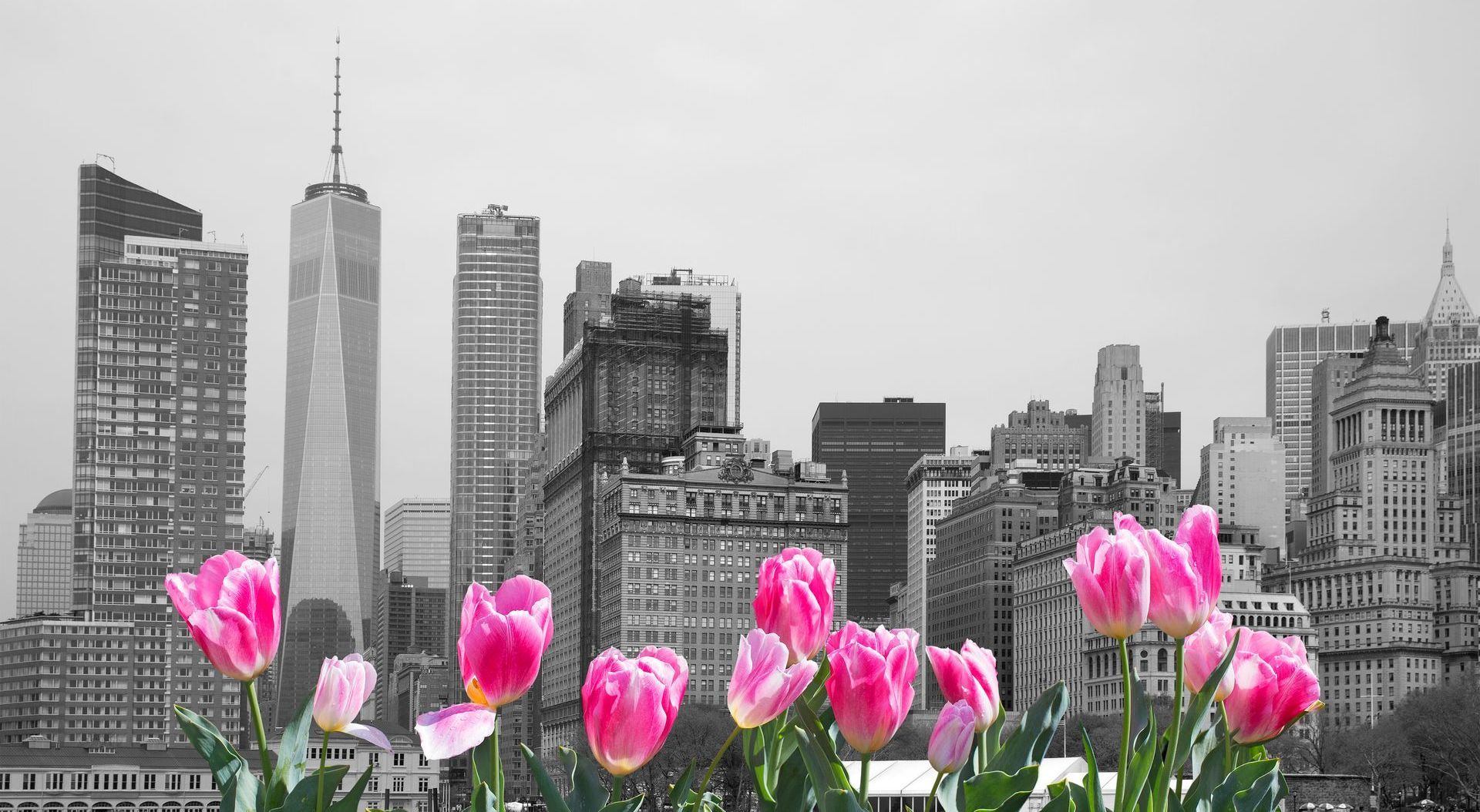
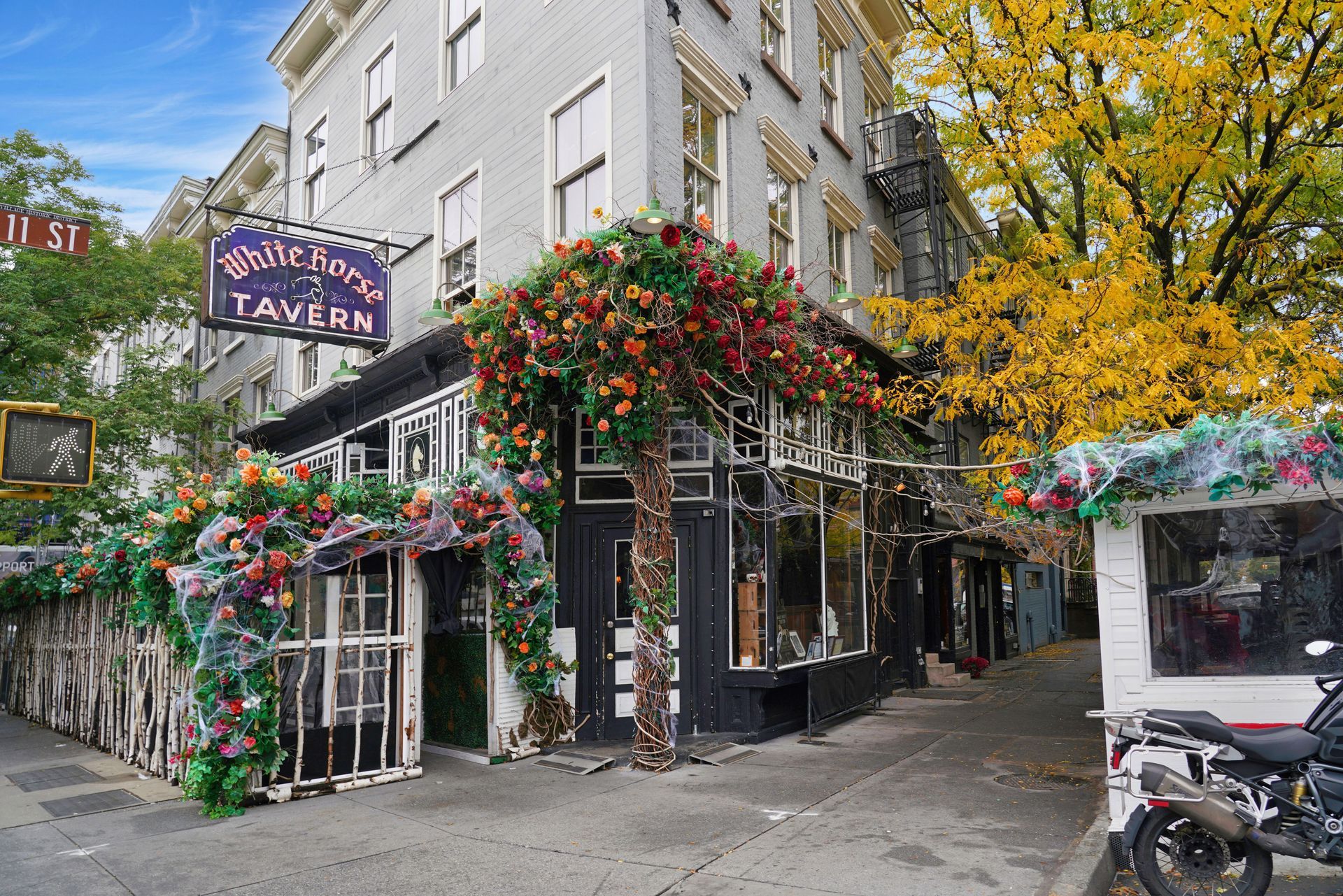
Britain’s Reign
Greenwich's rural character distinguished it from the busy colony of New Amsterdam to the south. This remained true when the English conquered the Dutch Settlement of New Netherland in 1664 and renamed the colony “New York”, and the hamlet “Greenwich” sometime around 1696.
The Penal Years and Early Emancipation
One of the less flattering aspects of Greenwich’s early history was its stint as a prison town. From 1797 to 1829, the Bucolic Village of Greenwich was the location of Newgate Prison, New York State’s first penitentiary. In fact, the now-popular term “sent up the river” comes from the fact that Newgate prison was north of New York City.
However, it’s not all bad news! During the same period, Greenwich Village was becoming a haven for African-American residents. New York’s legislation permitted the “gradual emancipation” of enslaved persons living in their enslaver’s homes, which contributed to the counterculture of inclusion that would eventually develop there.
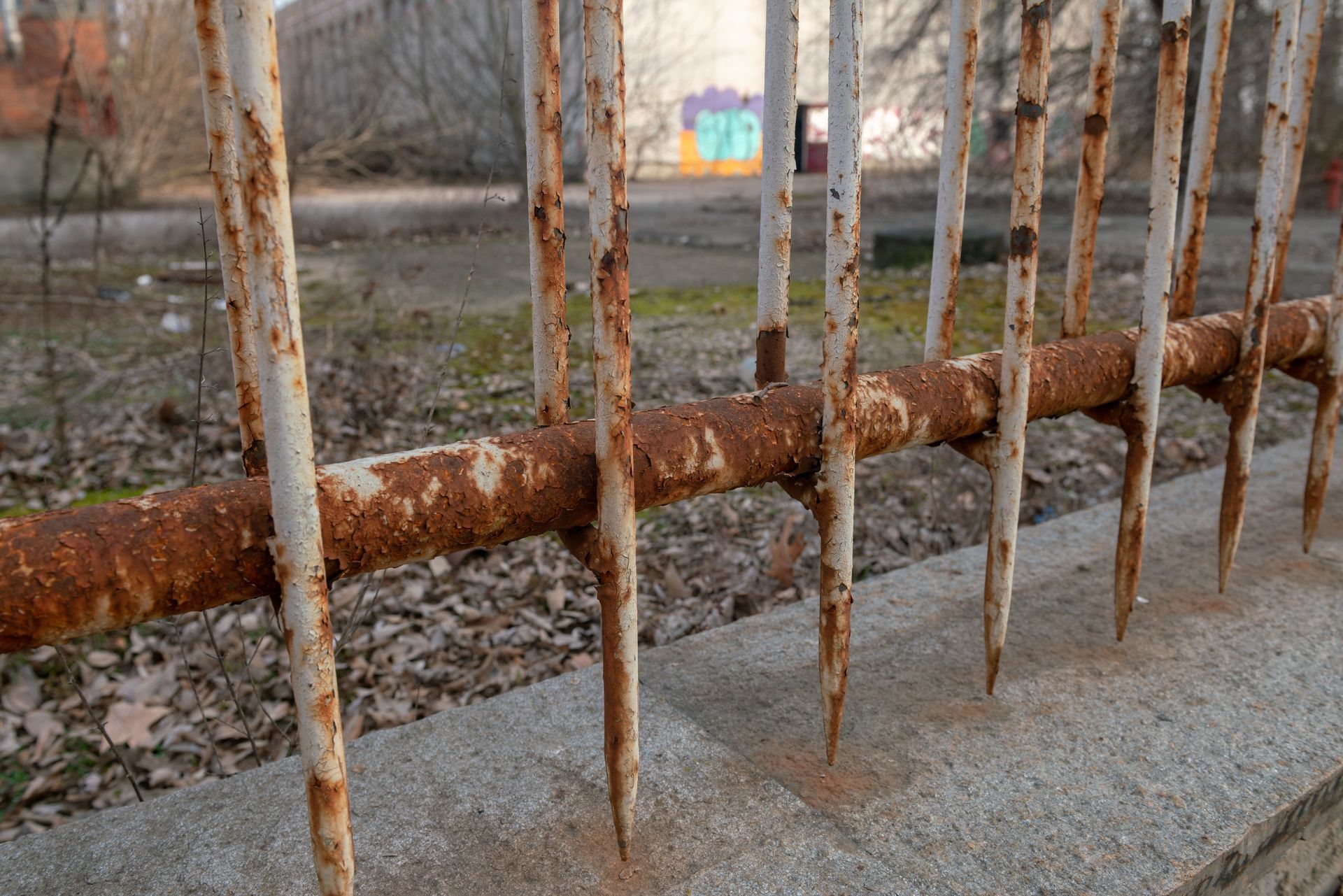
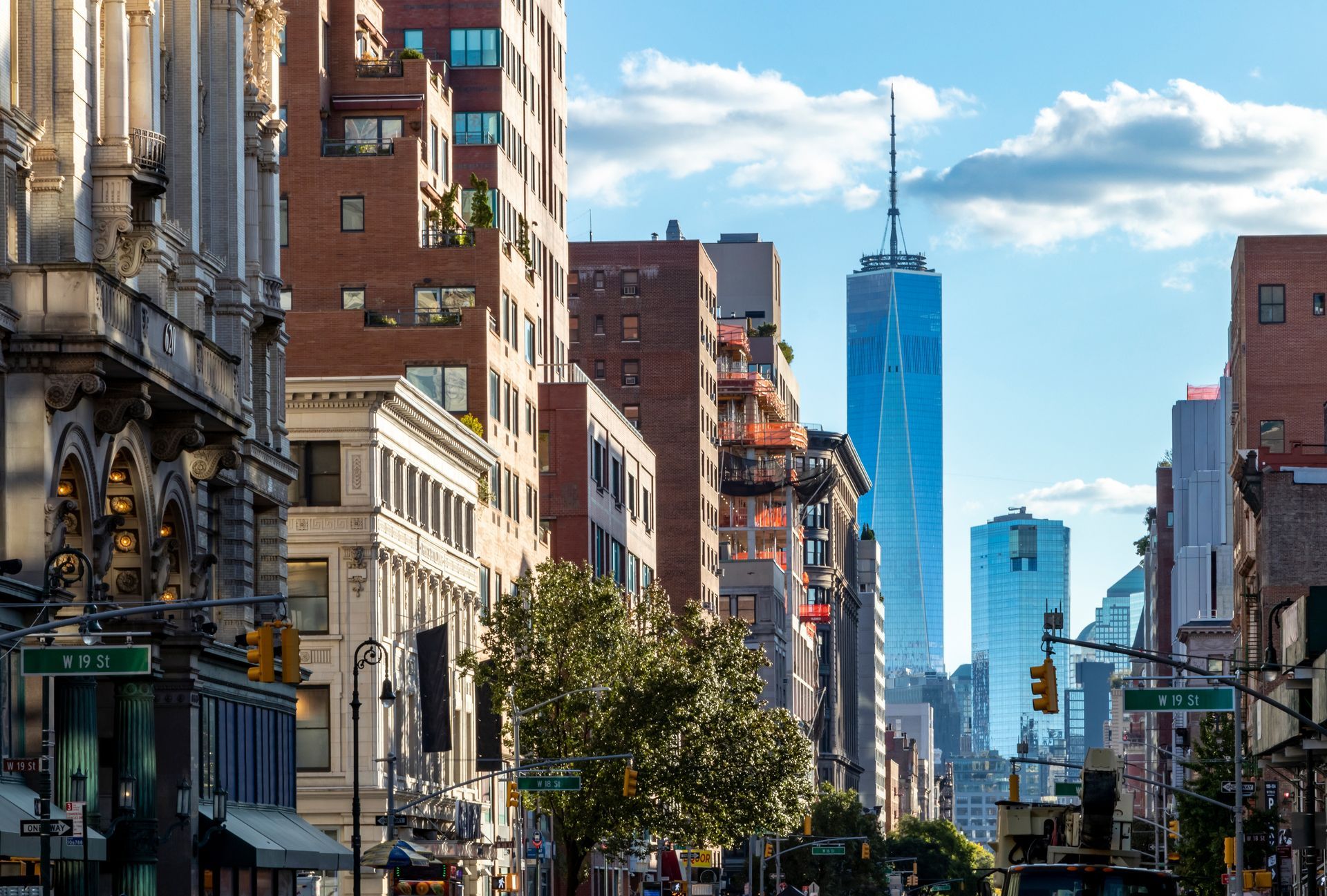
City Rebrand
By the 1820s, Greenwich was starting to lose its rural roots. In 1822, a Yellow Fever outbreak encouraged New York residents to flee to the healthier “country air” of Greenwich, and many of the epidemic refugees stayed. By 1825, the Commercial Advertiser wrote that “Greenwich is no longer a country village, such has been the growth of our city that the building of one block more will connect the two places” [of Greenwich and New York].
Indeed, Greenwich’s growth in the early years was both rapid and consistent. And its unique history is also responsible for one of the Village’s most distinctive features—its irregular street plan. When
Manhattan’s Commissioners’ Plan of 1811 imposed a rigid grid system on most of the island, the Village retained its original paths, preserving a layout that reflects its complicated history.
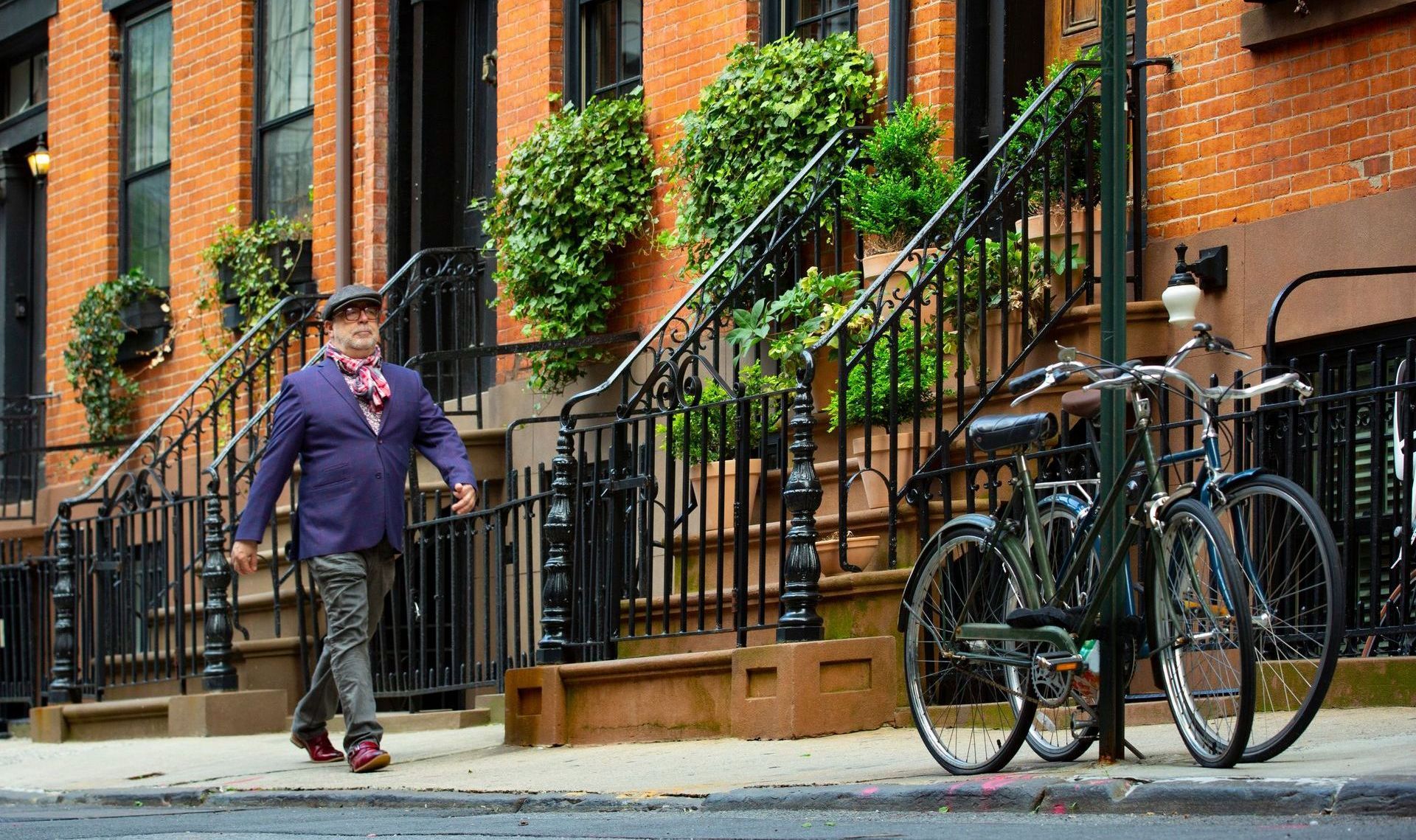
Bohemian Paradise
While the early years of Greenwich are interesting, it’s Greenwich’s reputation as a bohemian paradise that has stood the test of time. From playwrights to philosophers, artists to actors, musicians and mystics, Greenwich has housed and inspired generations of artists and intellectuals across all genres. Here’s a look at Greenwich’s artistic roots.
Birthplace of Modern American Art and Literature
By the late 1800s, affordable rents and a tolerant social atmosphere drew writers, actors, and intellectuals to the Village. This transformation was encouraged by institutions that fostered free thought and experimentation.
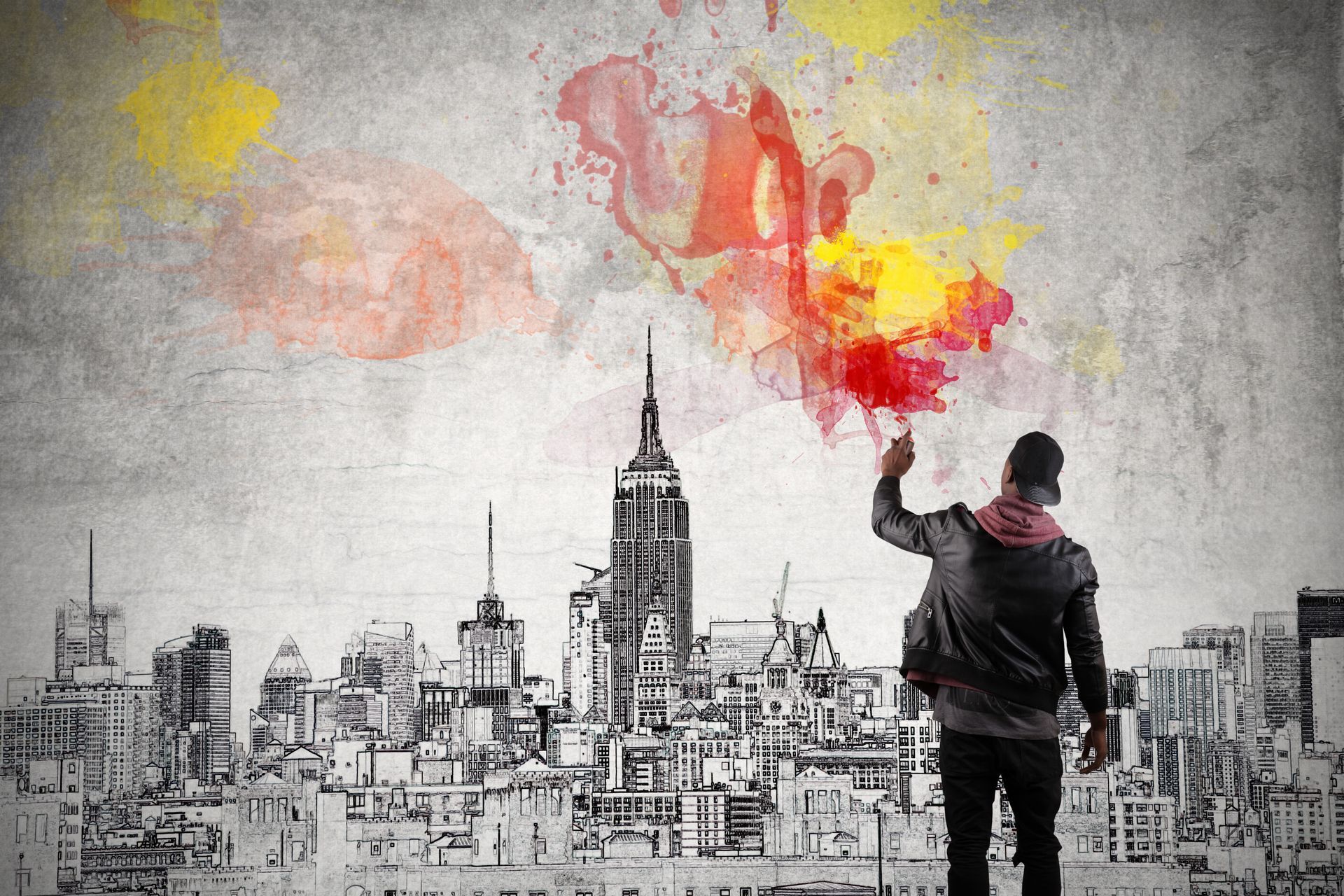
Famous Residents
Some of The Village’s most famous residents include:
- Edgar Allen Poe: American writer famous for horror stories and poetry
- Louisa May Alcott: Beloved author of the novel Little Women
- William Faulkner: American author of The Sound and the Fury and As I Lay Dying
- James Baldwin: American essayist, playwright, novelist, and leader in the American Civil Rights Movement
- Bob Dylan: American Singer and songwriter who had a profound impact on the folk and rock genres.
- Jimi Hendrix: American guitarist, singer, and songwriter known for his groundbreaking innovations on modern electric sound
- Jackson Pollock: American abstract artist famous for his drip style of painting.
- Andy Warhol: American artist known for bright, colourful paintings and prints.
- Eleanor Roosevelt: One of the most popular First Ladies of the United States, and an activist for women’s and human rights.
Iconic Landmarks
Some of the hot spots that fueled the artistic revolution of the era continue to inspire creatives today. Some of those locations include:
- Washington Square Park - The cultural center of the village, and a continued social hub for residents
- Whitney Museum- formerly Gertrude Canderbilt Whitney’s studio on West 8th Street, a continued showcase of the arts
- Cherry Lane Theatre- a historic theatre that’s seen generations of American theatrical talent
- Stonewall Inn - The birthplace of the LGBT movement, and a welcoming place for people of all backgrounds.
- Caffe Reggio
- the oldest cafe in Greenwich, known for embracing its beloved Bohemian roots
Legacy of Creativity
Though the real estate market has since transformed the area, Greenwich Village continues to support the arts. NYU’s Tisch School of the Arts, Off-Broadway theaters, and small galleries keep the creative spirit alive, drawing artists from around the world.
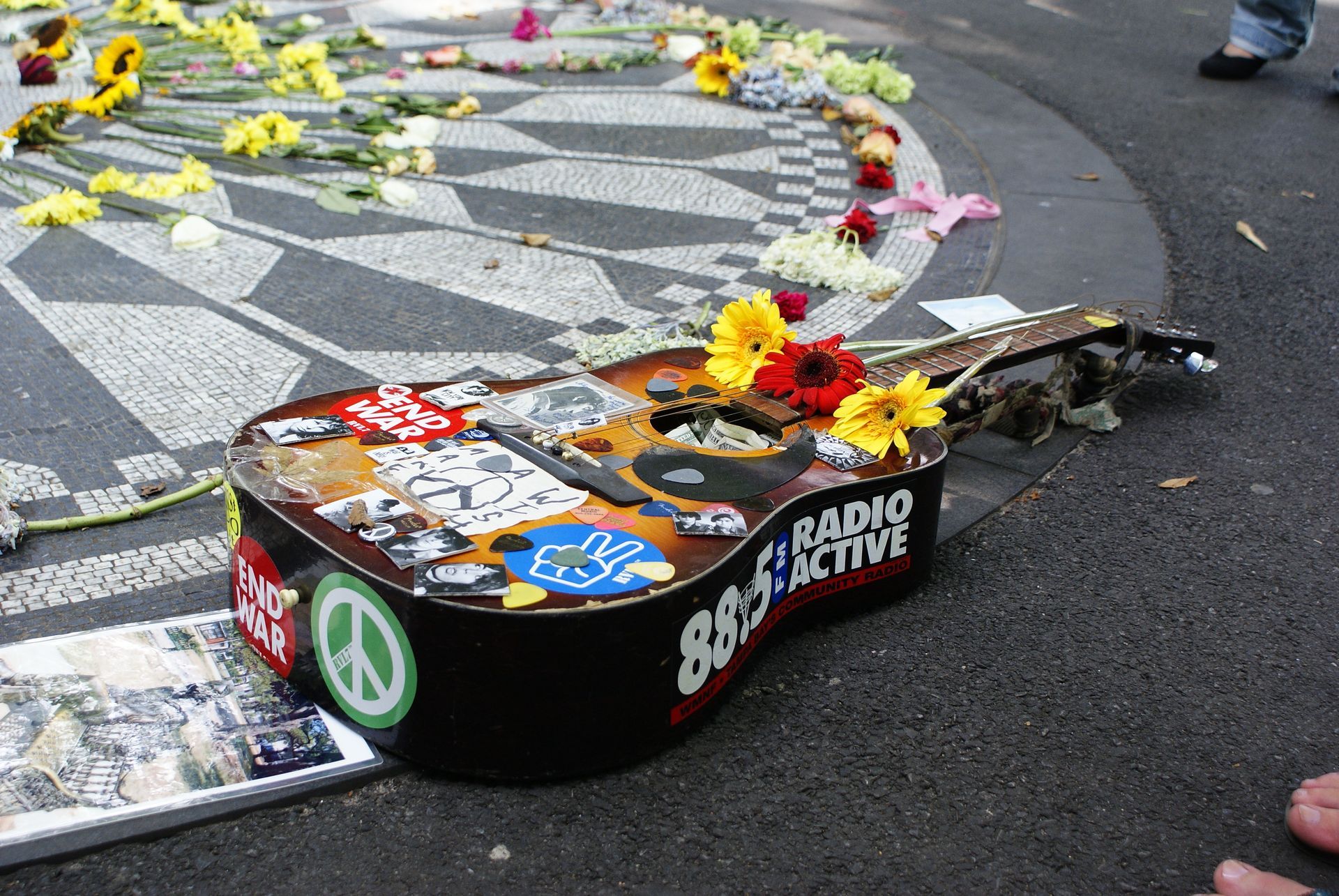
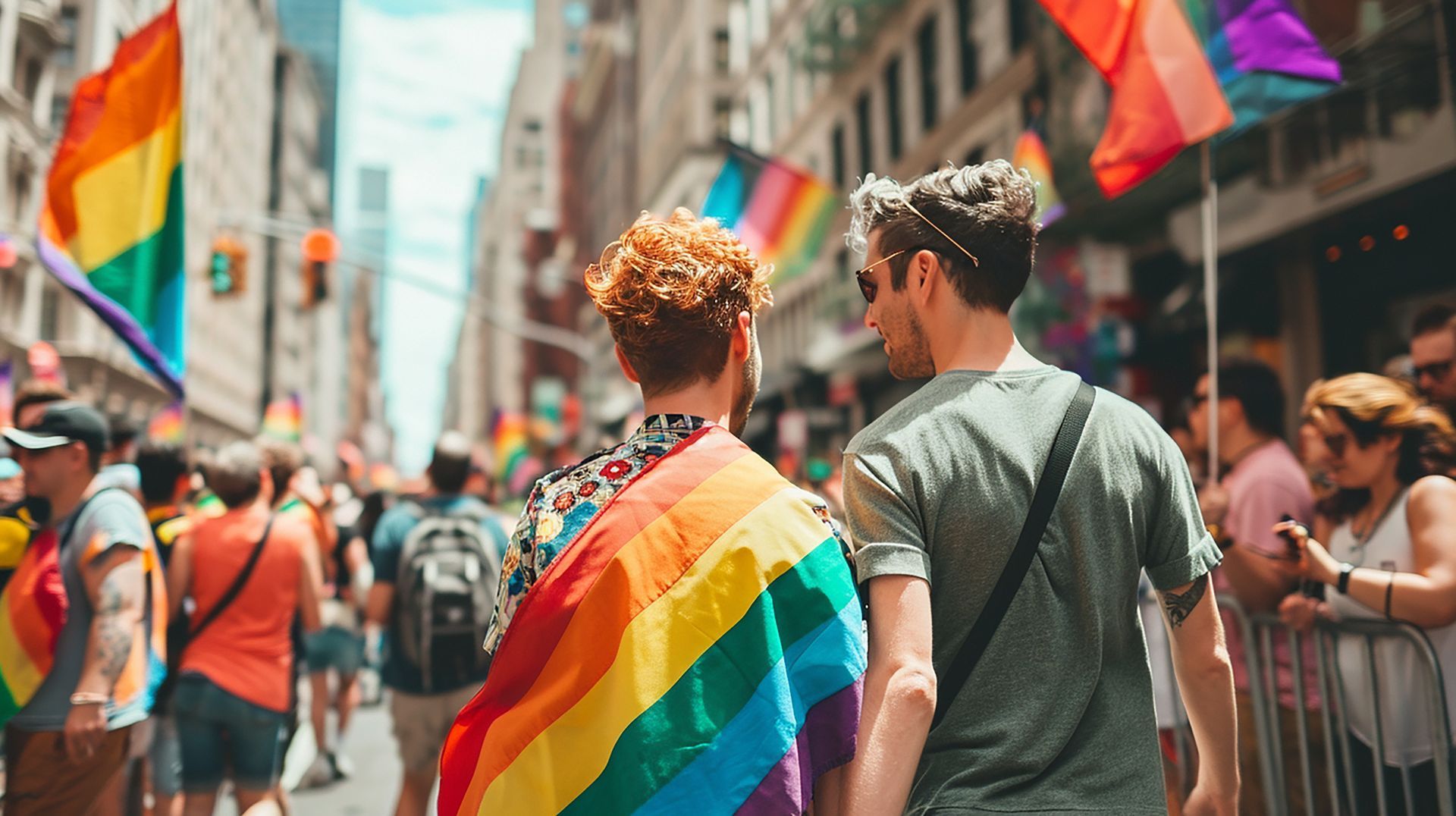
Gay Haven
The link between Greenwich Village and LGBT rights is strong and multi-layered - you cannot mention one without the other. From early underground cultures to overt activism, here’s
how Greenwich became a landmark for the LGBTQ community.
Early Queer Community
In the early 20th century, Greenwich Village offered rare social freedoms for LGBTQ individuals. Speakeasies, drag performances, and underground parties flourished in places like the Slide and Eve’s Hangout. The area became a discreet sanctuary where queer identity could be quietly celebrated.

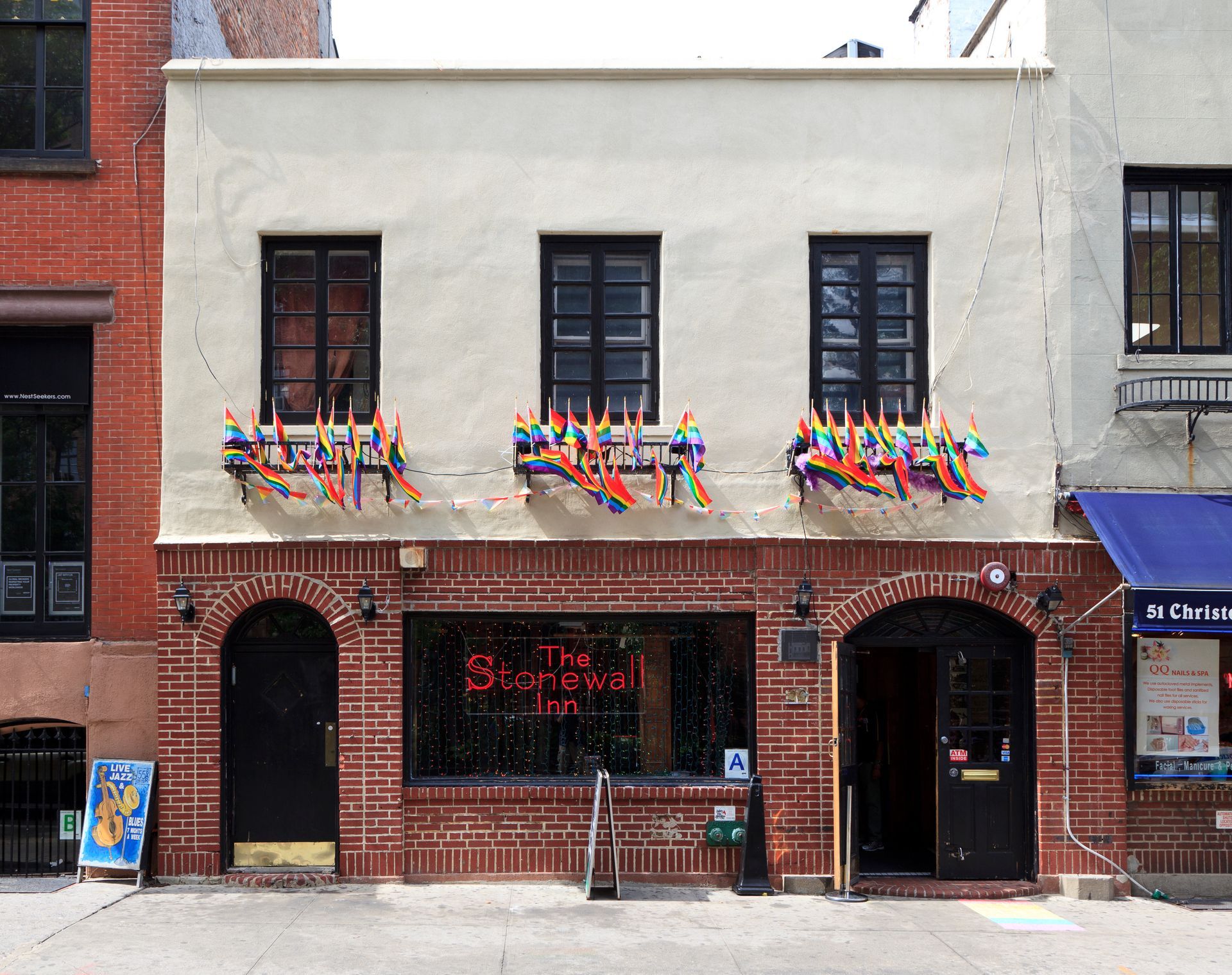
The Stonewall Uprising
By the mid-20th century, the queer community flourished, but it did not come without pushback from law enforcement.
On June 28, 1969, patrons at the Stonewall Inn fought back against a police raid, sparking several days of protests and a worldwide movement for LGBTQ rights.
The Stonewall Uprising
marked a turning point in the fight for queer liberation.
Pride and Preservation
Today, the Stonewall Inn is a National Historic Landmark. Along with Christopher Park across the street, Stonewall has become a National Monument honoring the fight for equal rights. Greenwich Village remains central to New York City’s LGBTQ culture and hosts huge Pride celebrations every year. Today, Greenwich continues its legacy with several community centers that advocate for equality.
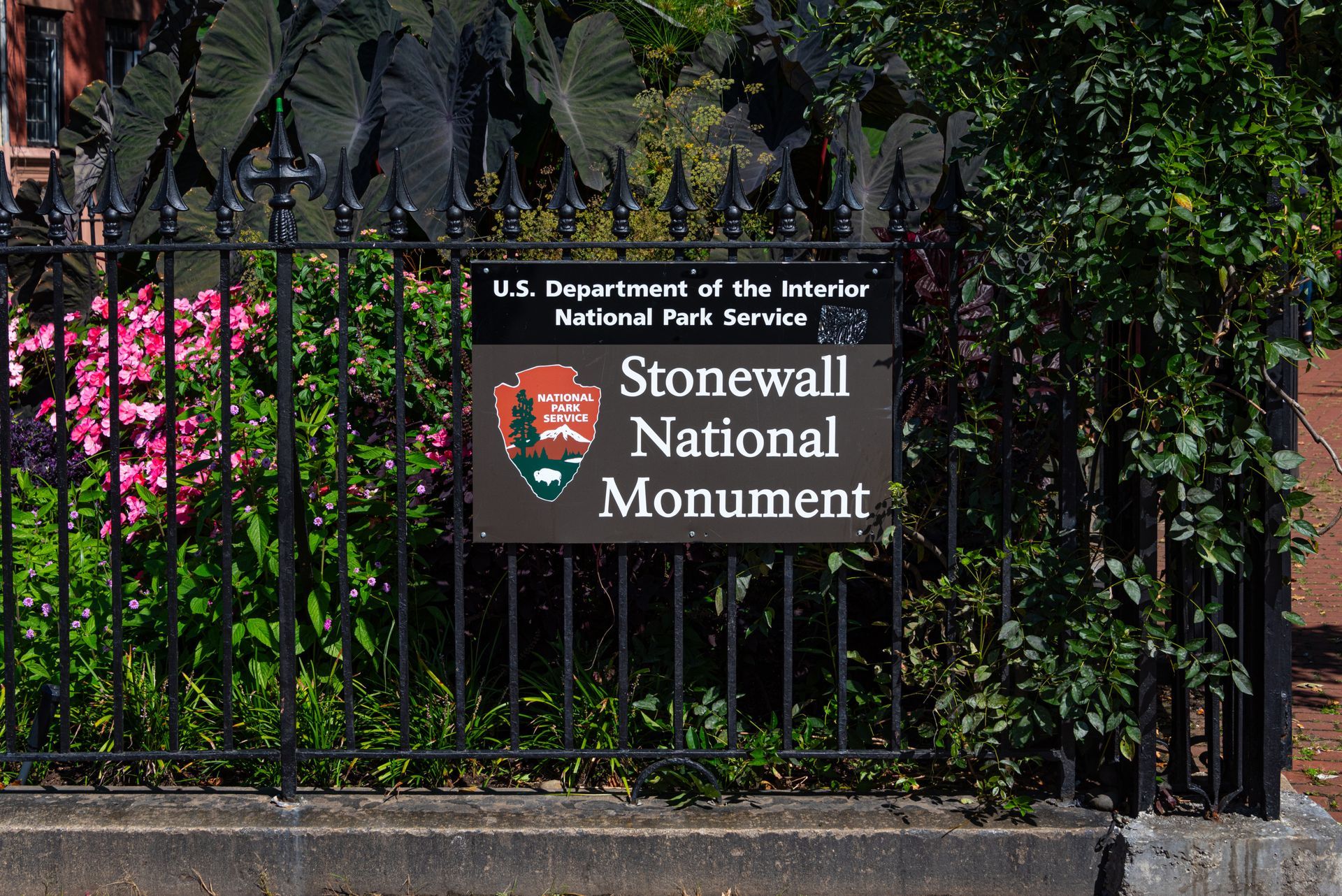
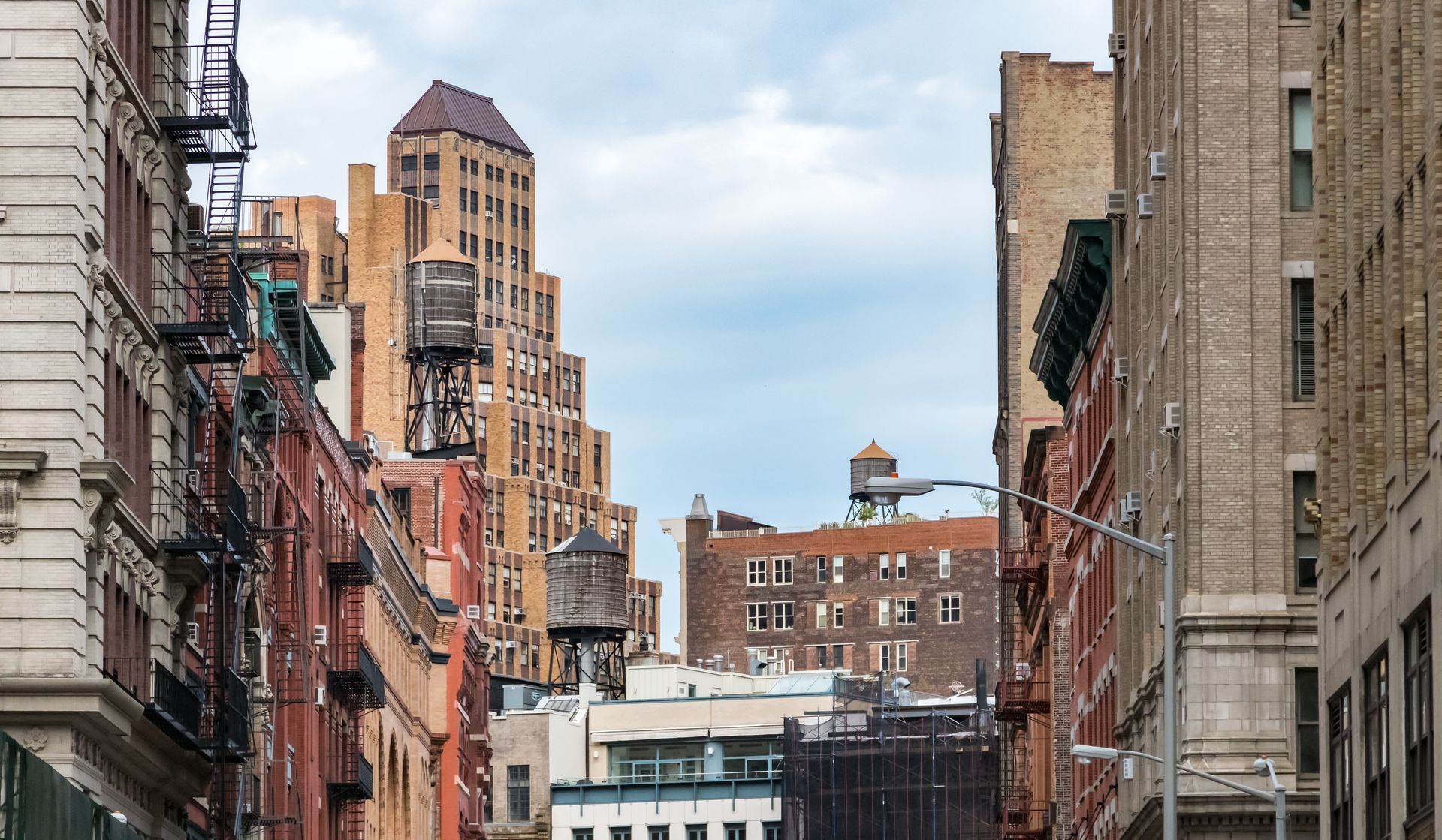
Greenwich Versus Gentrification
The story of Greenwich Village is still being written. The Village has remained an ever-popular neighborhood on Manhattan Island; as such, it’s felt the strain of population growth and development. Here’s an overview of
Greenwich’s fight against gentrification over the decades.
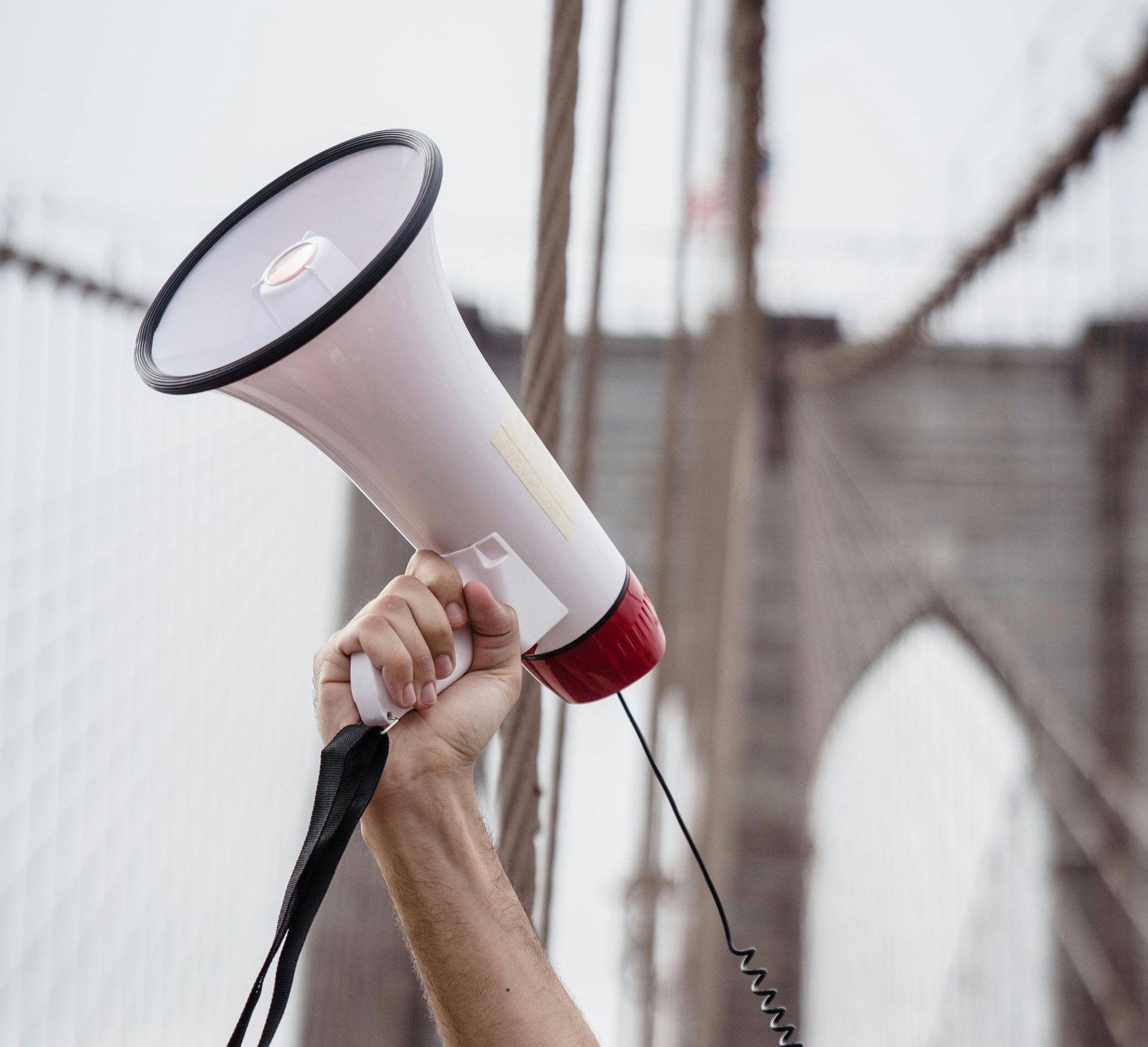
Battles for Preservation
As the Village gained prestige, so did pressure from developers. In the 1950s and '60s, city planner Robert Moses proposed highways that would have gutted the neighborhood. Activist Jane Jacobs and her neighbors rallied to stop them, defending the area’s character and heritage. This battle is still ongoing.
Historic Districts and Zoning Laws
Though the developmental pressure persists, activists did secure some important wins. In 1969, the New York City Landmarks Preservation Commission established the Greenwich Village Historic District, which today protects over 2,000 buildings from demolition or drastic alteration. Zoning laws now regulate building heights and aesthetics to preserve the area's charm.
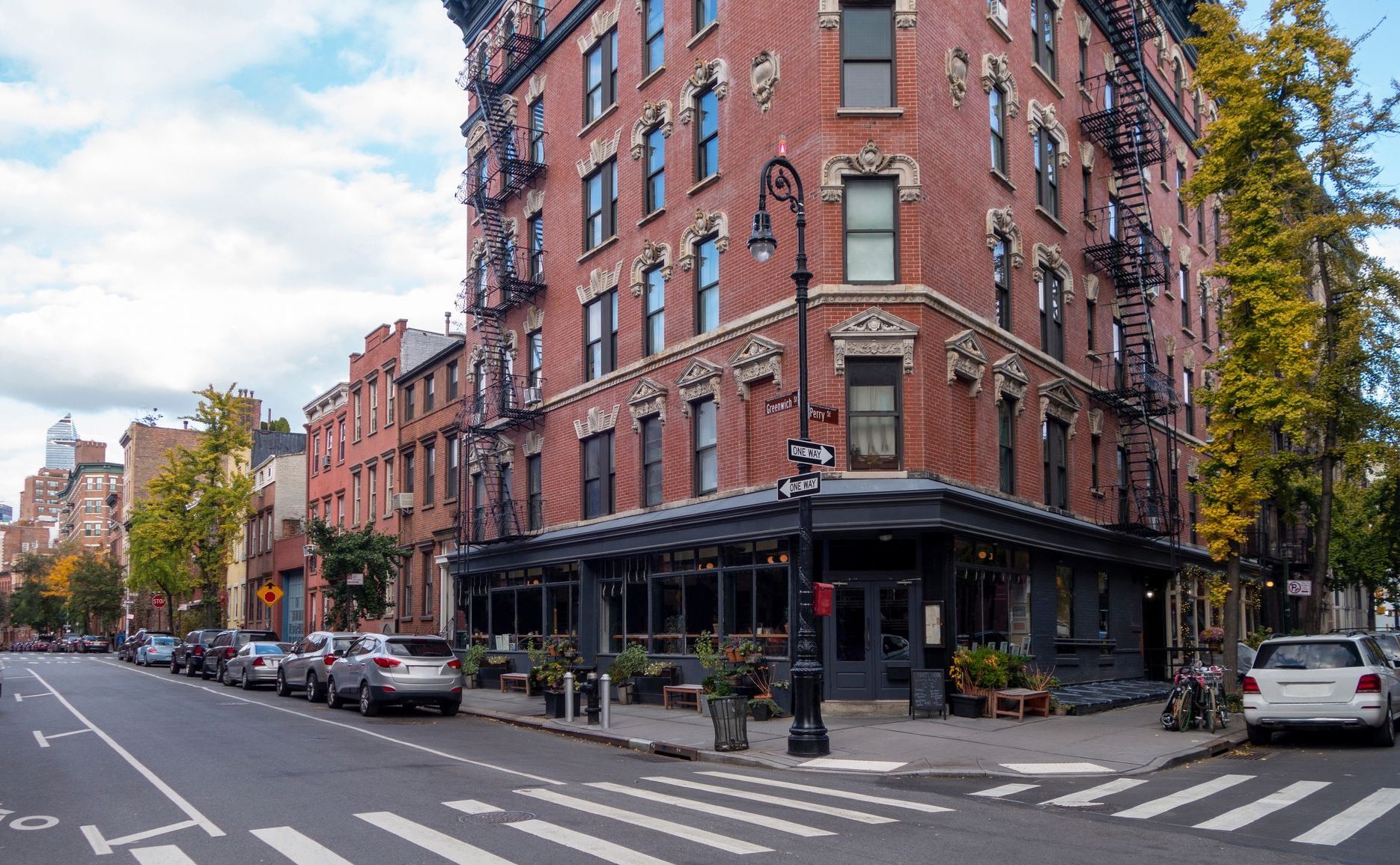
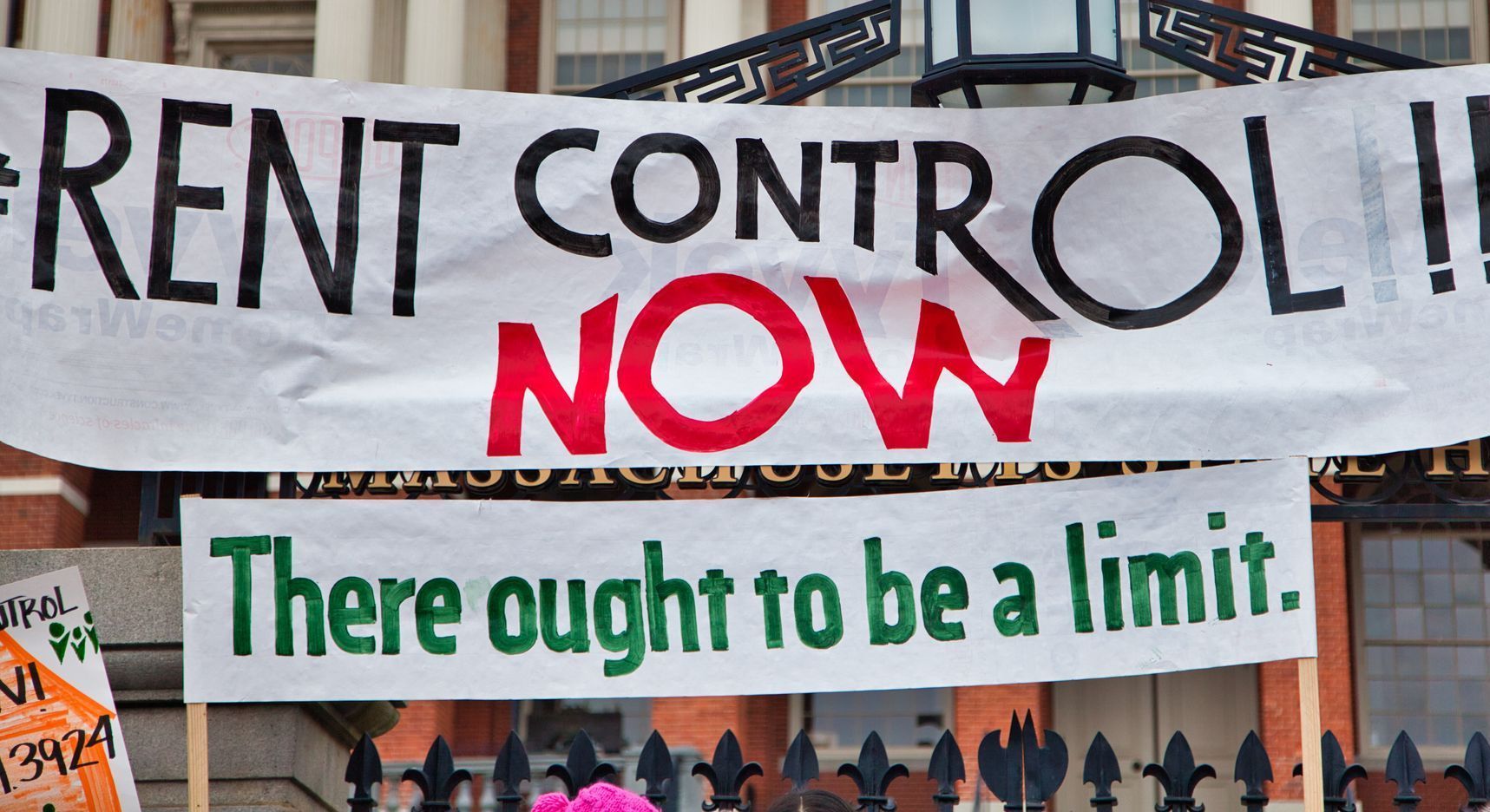
Changing Demographics
While preservation efforts have largely succeeded from a legal standpoint, gentrification has still taken root. Rising costs have priced out many longtime residents and artists, causing concern about the neighborhood’s cultural identity. Despite gentrification, the Village still cultivates a spirit of community activism and remains a touchstone for progressive urban planning.
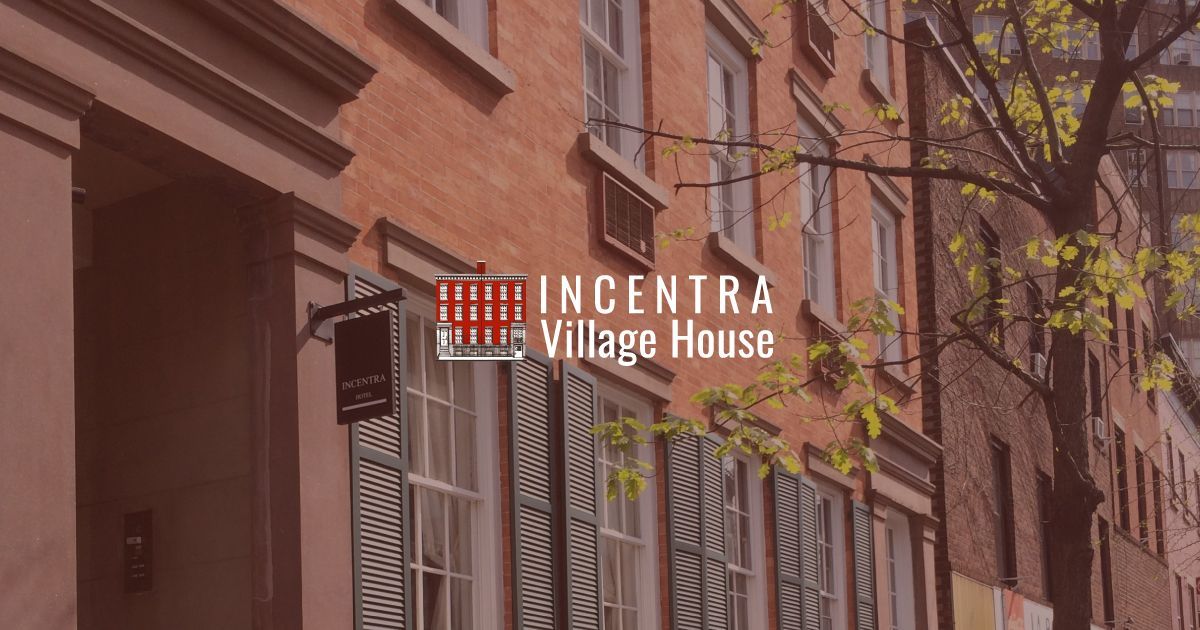
Stay at Incentra Village House
Originally built in 1841, Incentra Village House reflects the Village’s charm with its antique furnishings and Victorian décor. Each room has a unique design, echoing the eclectic personalities that once filled the Village.
Just steps from the Hudson River and the lively scenes of the West Village, Incentra offers a perfect launchpad for exploring the neighborhood’s cultural landmarks, hidden courtyards, and historic cafés.
While the ambiance is old-world, guests enjoy modern amenities in a boutique setting. It’s the ideal base for travelers who want to immerse themselves in one of New York’s most enchanting and storied areas. You can experience an authentic Greenwich Village experience when you
Book Now!
About the Author
Bozhidar Bachvarov (aka “Boz”) is the manager of Incentra Village Guest House in historic West Village. As a city local and a frequent traveler, Boz knows how to give guests an authentic New York experience.

